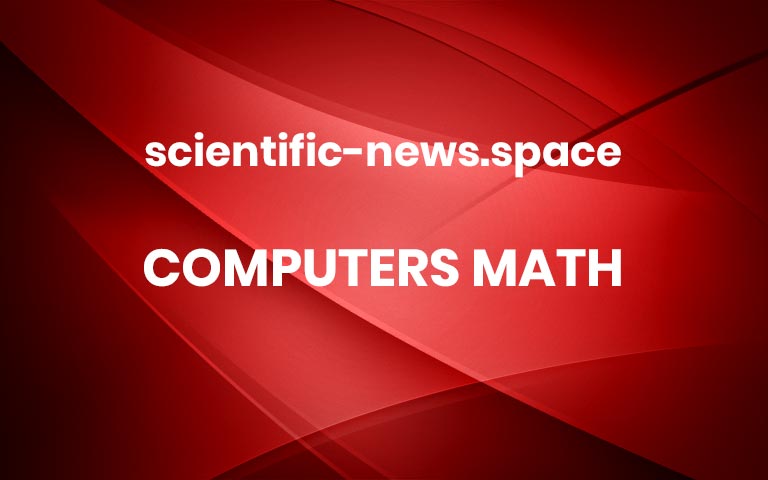AI restores James Webb telescope’s crystal-clear vision
Two PhD students from Sydney have helped restore the sharp vision of the world’s most powerful space observatory without ever leaving the ground. Louis Desdoigts, now a postdoctoral researcher at Leiden University in the Netherlands, and his colleague Max Charles celebrated their achievement with tattoos of the instrument they repaired inked on their arms — an enduring reminder of their contribution to space science.
A Groundbreaking Software Fix
Researchers at the University of Sydney developed an innovative software solution that corrected blurriness in images captured by NASA’s multi-billion-dollar James Webb Space Telescope (JWST). Their breakthrough restored the full precision of one of the telescope’s key instruments, achieving what would once have required a costly astronaut repair mission.
This success builds on the JWST’s only Australian-designed component, the Aperture Masking Interferometer (AMI). Created by Professor Peter Tuthill from the University of Sydney’s School of Physics and the Sydney Institute for Astronomy, the AMI allows astronomers to capture ultra-high-resolution images of stars and exoplanets. It works by combining light from different sections of the telescope’s main mirror, a process known as interferometry. When the JWST began its scientific operations, researchers noticed that AMI’s performance was being affected by faint electronic distortions in its infrared camera detector. These distortions caused subtle image fuzziness, reminiscent of the Hubble Space Telescope’s well-known early optical flaw that had to be corrected through astronaut spacewalks.
Solving a Space Problem from Earth
Instead of attempting a physical repair, PhD students Louis Desdoigts and Max Charles, working with Professor Tuthill and Associate Professor Ben Pope (at Macquarie University), devised a purely software-based calibration technique to fix the distortion from Earth.
Their system, called AMIGO (Aperture Masking Interferometry Generative Observations), uses advanced simulations and neural networks to replicate how the telescope’s optics and electronics function in space. By pinpointing an issue where electric charge slightly spreads to neighboring pixels — a phenomenon called the brighter-fatter effect — the team designed algorithms that digitally corrected the images, fully restoring AMI’s performance.
“Instead of sending astronauts to bolt on new parts, they managed to fix things with code,” Professor Tuthill said. “It’s a brilliant example of how Australian innovation can make a global impact in space science.”
Sharper Views of the Universe
The results have been striking. With AMIGO in use, the James Webb Space Telescope has delivered its clearest images yet, capturing faint celestial objects in unprecedented detail. This includes direct images of a dim exoplanet and a red-brown dwarf orbiting the nearby star HD 206893, about 133 light years from Earth.
A related study led by Max Charles further demonstrated AMI’s renewed precision. Using the improved calibration, the telescope produced sharp images of a black hole jet, the fiery surface of Jupiter’s moon Io, and the dust-filled stellar winds of WR 137 — showing that JWST can now probe deeper and clearer than before.
“This work brings JWST’s vision into even sharper focus,” Dr. Desdoigts said. “It’s incredibly rewarding to see a software solution extend the telescope’s scientific reach — and to know it was possible without ever leaving the lab.”
Dr. Desdoigts has now landed a prestigious postdoctoral research position at Leiden University in the Netherlands.
Both studies have been published on the pre-press server arXiv. Dr. Desdoigts’ paper has been peer-reviewed and will shortly be published in the Publications of the Astronomical Society of Australia. We have published this release to coincide with the latest round of James Webb Space Telescope General Observer, Survey and Archival Research programs.
Associate Professor Benjamin Pope, who presented on these findings at SXSW Sydney, said the research team was keen to get the new code into the hands of researchers working on JWST as soon as possible. More




